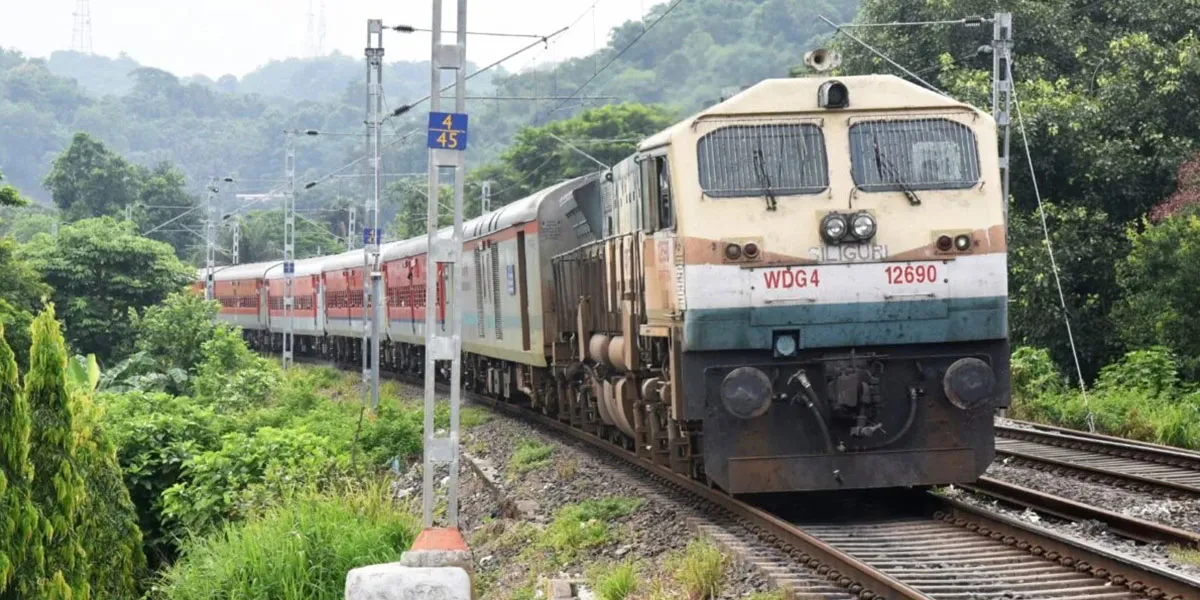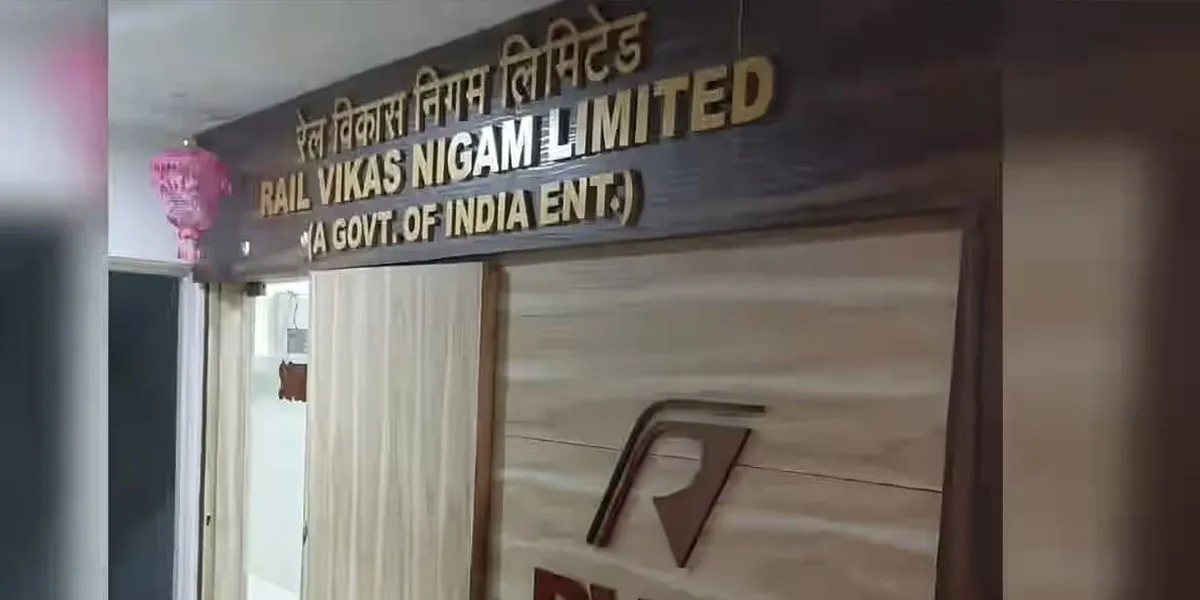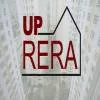Increased waterproofing budgets are growing demand for better products, creating the scope for a widening technology portfolio.
Waterproofing companies across India are enthusiastic about the focus on housing in this year's Budget, but are uncertain when demand for their products will actually start o increase.
'Budgetary decisions concerning housing stock are a step in the right direction but it cannot be said how many quarters it will take for the new policies to convert into higher demand,' says Sanjay Bahadur, Group CEO, Construction Chemical Business, Pidilite Industries.
Giving infrastructure status to the affordable housing segment should boost construction activities, help achieve housing for all, and boost demand for waterproofing,' says Nilotpol Kar, Business Director, Construction Chemicals, South Asia, BASF India. 'Access to cheaper funding as a result of interest subsidies under the Pradhan Mantri Awas Yojana will create more first-time home buyers.'
Some providers are concerned that the introduction of the GST later this year may hamper demand for waterproofing because customers will feel the impact of a higher cost. 'Since waterproofing is a need that can be postponed but cannot be avoided, the higher prices will compel some users to look for cheaper alternatives to tide over their need,' said M Abbas, Director, TechnoNICOL India. However, an advantage will be uniform prices pan India excluding transportation costs.
Solution vs. solo product
Demand is increasing for effective waterproofing solutions as opposed to waterproofing products, rightly so because no single product can offer effective waterproofing even if it comes with a guarantee, according to Samir Surlaker, President of the Construction Chemicals Manufacturers' Association. 'Waterproofing should be thought of and designed as a system, including various aspects such as drainage, impermeable concrete, effective joint treatment and a suitable surface coating.'
'Waterproofing is not just about a single system or section of construction,' adds Manoj Mishra, DGM-Sales, Construction Chemicals Division, Chembond Chemicals. 'A waterproofing system must be designed to take care of the entire building envelope. This integral approach considers all the materials, sections and factors such as the environment, final use and critical areas, and begins at the stage of project conceptualisation.'
The focus on solutions also means users are using several products in one project. 'A few users are using a combination of products for waterproofing, such as membranes and crystalline products for basements, etc,' says Bahadur. For instance, a combination of solutions recently used for Shivam Centrium in Vile Parle, Mumbai, is crystalline systems for the water-retaining structures, elastomeric coatings for the wet areas, and polyurethane coatings for the terraces and podiums, according to Sajjad S Gour, Director, All India Waterproofing Company.
According to Surlaker, this trend is associated with greater awareness about what each material component of a waterproofing system is capable and/or incapable of. As an example, crystalline products can reduce the permeability of concrete by up to 75 per cent, which makes this additive an add-on concrete waterproofing products to surface coatings but not a solo sealant of structural primary water entry points like cracks, joints, etc. Surface coatings, for providing a physical barrier against water, chloride and CO2 ingress, are better suited to avoid corrosion and protect against thermal movements, cracks, and aggressive damaging chemicals.
Better products
Nowadays, more developers and infrastructure contractors are looking at waterproofing as an investment rather than an expense, and with that we are seeing greater acceptance for better products, says Preetham Yeada, Associate Vice President, MYK Schomburg. For instance, he adds, 'Preformed membranes are available as easy-to-use products in different application areas and they have caught up a lot, in particular, HDPE (high-density polyethylene)-based preformed membranes for below-grade areas where the material encapsulates the structure providing effective waterproofing. Crystalline products are also doing well for waterproofing in basements.'
For applications like underground basements, transportation tunnels, roof waterproofing, etc, preformed membranes made of high-quality flexible (plasticised) polyvinylchloride (PVCs) are used; while in some specific cases like roofs, thermoplastic polyolefins (TPOs) are better suited for waterproofing than chemical-based products, in Kar's view.
In structures expected to have movement over a period of time, like tunnels for transportation and water-retaining structures, re-injectable hoses made of PVC help make joints watertight. When leakages occur, the hoses come in handy to inject water-reactive grouts.'
'We're seeing more takers for our LEC and Blue Seal insulation-cum-waterproofing products, especially from the commercial segment, from developers of premium housing and green buildings associated with higher rentals and value,' says Bahadur. Recently, Pidilite Industries made a recommendation for the waterproofing system proposed for a tech park in Bengaluru.
We recommended replacing torch-applied membranes in the basement and roof with spray-on or self-adhesive membranes like Dr Fixit Flexi PU, Dr Fixit Polyurea, and Dr Fixit Extensa, in combination with the crystalline solution Dr Fixit Polyplus CP admix, Dr Fixit Samshield, etc. Better-performing, easy-to-use spray-applied membranes are more expensive but their incremental cost is usually offset by their lower application cost,' he adds.
Substrate preparation
Increasing investment in waterproofing should bring into focus substrate quality and preparation, factors that influence the efficacy of waterproofing, says Sunny Surlaker, Head-Admixtures Division, MC-Bauchemie India. 'The best outcomes happen only when the substrate is as good as the original surface after casting, free of cracks, spalls or defects, and cleaned of dust, debris, oils and other bonding deterrents.'
In general, application awareness is still lacking, said Abbas observing that, 'actually all of the products available in the Indian market are good; the variation in outcome is because of inappropriate product selection, the lack of application skill and expertise, and not following with precision the recommended method of application.'
To test the quality of the substrate, and estimate the strength of bond of the surface applied system and hence suggest a suitable sustainable solution, BASF India insists on conducting a substrate adhesion test as per ASTM D 4541.
'Surface preparation may require priming with an epoxy, moisture curing PU, silane/siloxane-based or latex-based product,' says Mishra. 'As a general rule, all smooth surfaces such as glass and metal, and surfaces with poor strength and high porosity need priming or sealing.'
Ancillary technologies
New ancillary technologies like geotextile mats and fibre meshes help cater to different types of challenges, says Kar, explaining how: 'A fibre mesh reinforces liquid membrane applications, improving the toughness and mechanical properties of the membranes, which is useful when movements are envisaged in structures. Essentially, the fibre mesh helps improve the crack bridging of membranes. Geotextile mats enhance the toughness of the membrane at critical areas like corners, pipe penetrations, etc.' Yeada projects the use of ancillary products like geotextile mats as a sandwich between two layers of surface coatings, and drain mats in landscape areas as part of a good system for overall waterproofing solutions.
'We use both a cloth mesh and geofabric mesh for extra grip when waterproofing terraces and retaining walls,' says Subhash AP, Marketing Manager, Sanjana Enterprises. And Gour shares, 'We use geotextile mats and fibre meshes for good adhesion and to accommodate movement on account of expansion and contraction.'
QUICK BYTES
- Infrastructure status to affordable housing should boost demand for waterproofing.
- Demand is increasing for effective waterproofing solutions as opposed to waterproofing products.
- Ancillary technologies like geotextile mats and fibre meshes cater to various challenges.
User preferences
Users prefer crystalline products because they are easy to apply, says Nilotpol Kar, Business Director, Construction Chemicals, South Asia, BASF India. According to him, about two-thirds of users of crystalline products, which form crystals to block the capillary pores when applied over concrete, are non-urban individual house and small commercial complex owners or developers.
But crystalline products have limited application, being best used in structures seeing minimal movements and, hence, with few opportunities in case of crack widening owing to expansion and contraction, points out Kar. 'Surface coatings have a much larger area of application from the protection of external walls to roofs and podiums.'
What do waterproofing companies prefer?
'Ideally, we prefer elastomeric brush-applied products for wet areas, membranes like ethylene propylene diene terpolymer (EPDM) or atactic-polypropylene (APP) for basements, and polyurethane coating for terraces,' says Sajjad S Gour, Director, All India Waterproofing Company.
'We prefer using elastomeric membranes for wet areas, elastomeric cementitious waterproof coating for water tanks, elasteromeric and decorative waterproof coating for external walls and fibre-reinforced acrylic waterproofing renders for terraces,'says Subhash AP, Marketing Manager, Sanjana Enterprises.
'We're seeing more takers for our LEC and Blue Seal insulation-cum-waterproofing products.' -Sanjay Bahadur, Group CEO, Construction Chemical Business, Pidilite Industries 'An advantage will be uniform prices pan India excluding transportation costs.' -M Abbas, Director, TechnoNICOL India 'No single product can offer effective waterproofing even if it comes with a guarantee.'-Samir Surlaker, President of the Construction Chemicals Manufacturers' Association 'The best outcomes come when the substrate is as good as the original surface after casting.' -Sunny Surlaker, Head Admixtures Division, MC-Bauchemie India 'High rainfall and humidity in cities near the ocean contribute to salinity in the air, and in turn, to corrosion.' -Chuck Houk, President, Tremco Incorporated 'Smooth surfaces and surfaces with poor strength and high porosity need priming or sealing.' - Manoj Mishra, DGM, Sales, Construction Chemicals Division, Chembond Chemicals 'We use both a cloth mesh and geofabric mesh for extra grip.' - Subhash AP, Marketing Manager, Sanjana Enterprises 'Preformed membranes available as easy-to-use products have caught up a lot.' - Preetham Yeada, Associate Vice President, MYK Schomburg - charu bahri
To share your insights on the market for Waterproofing, write in at feedback@ConstructionWorld.in




















